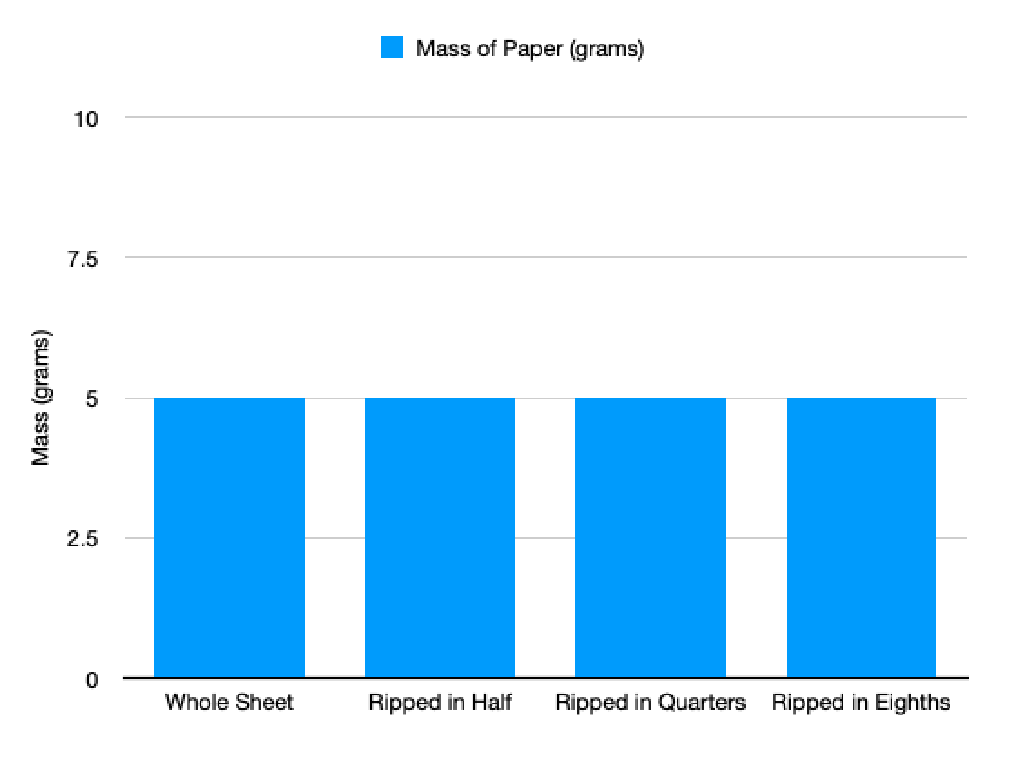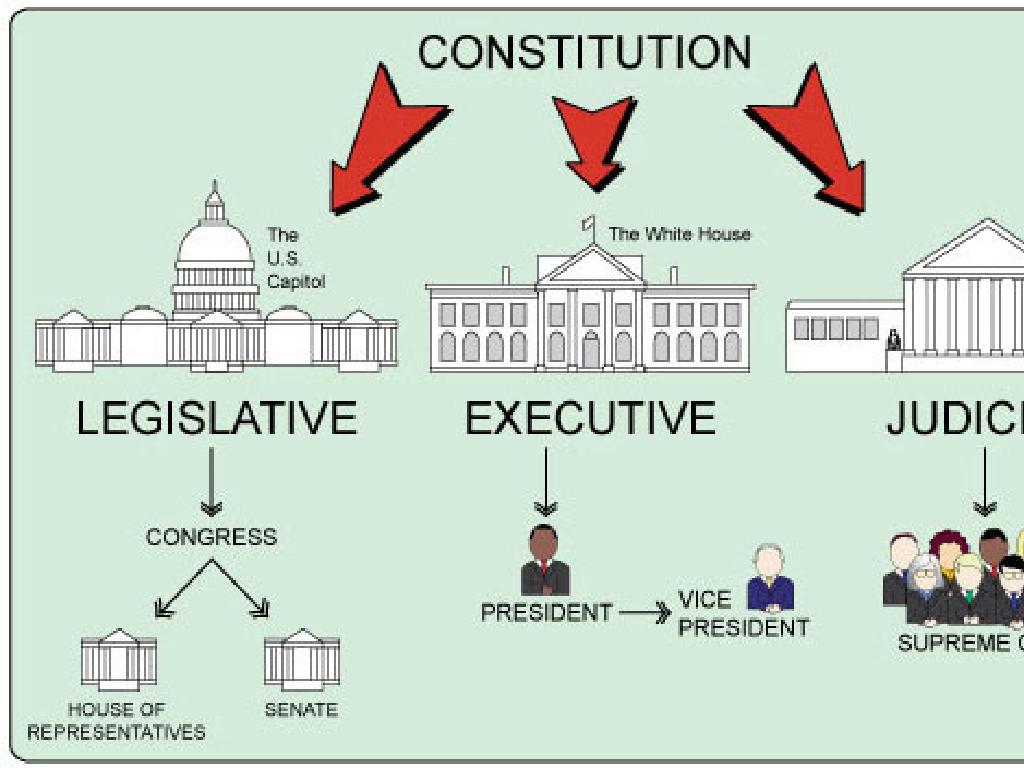Antebellum Immigration
Subject: Social studies
Grade: Seventh grade
Topic: The Antebellum Period
Please LOG IN to download the presentation. Access is available to registered users only.
View More Content
Welcome to Antebellum Immigration
– Exploring the Antebellum Period
– A time before the Civil War in the U.S.
– Meaning of ‘Antebellum’
– ‘Antebellum’ refers to ‘before the war’, specifically before the American Civil War
– Immigration during the era
– Waves of immigrants arrived, shaping America’s culture
– Today’s lesson overview
|
This slide introduces students to the concept of Antebellum immigration, setting the stage for a deeper dive into the period before the American Civil War, a time of significant change and development in the United States. ‘Antebellum’ is a term often used to describe this pre-war era. The lesson will cover why and how many immigrants came to the U.S. during this time, and the impact they had on the country’s growth and culture. Encourage students to think about how the changes of that era might compare to modern times, setting a context for understanding the roots of contemporary American society.
Exploring the Antebellum Period
– Timeframe: 1820 to 1860
– Social and economic overview
– A time of rapid growth and change, with issues like slavery and states’ rights.
– Antebellum’s historical significance
– Set the stage for the Civil War and shaped the nation’s future.
– Impact on modern America
– Influences on today’s social, economic, and political landscapes.
|
The Antebellum Period, spanning from 1820 to 1860, was a crucial era in American history characterized by significant growth and deepening regional divisions. This slide aims to provide students with an understanding of the timeframe and the social and economic contexts of the era, highlighting how these factors contributed to the shaping of the nation. Emphasize the period’s lasting impact on modern America, particularly in terms of social justice and economic practices. Encourage students to reflect on how the legacies of the Antebellum Period are still visible in today’s society.
Push & Pull Factors in Antebellum Immigration
– Define ‘push’ & ‘pull’ factors
– Forces that drive people away or attract them to a new place
– Examples of push factors
– Famine, war, and lack of jobs pushed people out of their countries
– Examples of pull factors
– Freedom, land, and job opportunities in the U.S. pulled people in
– Impact on U.S. population growth
– These factors contributed to a significant increase in U.S. population during the Antebellum period
|
This slide introduces the concept of push and pull factors that influenced immigration during the Antebellum period. Push factors are conditions that drive people to leave their home countries, such as economic hardship, political unrest, or natural disasters. Pull factors are the appealing aspects of a destination country that attract immigrants, like economic opportunities or political freedom. In the context of the Antebellum United States, many immigrants were drawn by the promise of land and the prospect of work, particularly as the country expanded westward. This period saw a substantial growth in the U.S. population as a result. Encourage students to think about modern examples of push and pull factors to connect the historical content to the present day.
Immigrant Experiences in the Antebellum Period
– Daily life in the Antebellum era
– Immigrants often lived in crowded cities, seeking work in factories.
– Challenges for Antebellum immigrants
– They faced language barriers, discrimination, and harsh working conditions.
– Immigrants’ contributions to society
– Immigrants helped build infrastructure and shaped cultural diversity.
– Understanding immigrant resilience
|
This slide aims to give students a glimpse into the lives of immigrants during the Antebellum period. Focus on the aspects of daily life, such as the types of jobs they held and the communities they formed. Discuss the significant challenges they faced, including prejudice and economic hardship, and how these shaped their experience. Highlight the positive impacts immigrants had on American society, like their role in the construction of railroads and canals, and their contributions to the cultural mosaic of the nation. Emphasize the resilience and determination of these immigrants despite the adversities they encountered. Encourage students to consider how these historical experiences compare to those of immigrants today.
Case Study: Irish & German Immigrants
– Why did Irish & Germans immigrate?
– Famine, political unrest, and job opportunities prompted migration.
– Immigrants’ impact on America
– They shaped culture, workforce, and politics.
– Compare Irish & German experiences
– Both faced challenges but Irish often faced more discrimination.
– Contrast Irish & German experiences
– Germans typically arrived with more resources than the Irish.
|
This slide aims to explore the reasons behind the immigration of Irish and German populations during the Antebellum period, their impact upon arrival in America, and the similarities and differences in their experiences. The Irish mainly fled the Great Famine and political issues, while Germans sought to escape political unrest and economic hardships. Both groups significantly influenced American culture, the labor market, and political scenes. However, their experiences diverged in terms of reception and assimilation; the Irish, often poorer upon arrival, faced more prejudice and discrimination, whereas Germans, who generally had more financial resources, were able to establish communities more readily. Encourage students to discuss these points and consider how these historical patterns of immigration have shaped modern American society.
Nativism and Anti-Immigrant Sentiment
– Understanding nativism
– Nativism favors native inhabitants over immigrants.
– Examples of anti-immigrant actions
– 19th-century laws, like the 1882 Chinese Exclusion Act, or local ‘No Irish Need Apply’ signs.
– Nativism’s impact on immigrants
– Discrimination and limited opportunities for immigrants.
– Effects on society at large
– Tensions and divisions within the community.
|
This slide delves into the concept of nativism, which is a preference for native-born citizens and a policy of favoring their needs over those of immigrants. Provide historical examples such as the Chinese Exclusion Act and signs that discriminated against Irish workers to illustrate anti-immigrant sentiment. Discuss how these attitudes and policies affected immigrants, leading to discrimination and fewer opportunities. Highlight the broader societal effects, such as increased tension and division within communities. Encourage students to think critically about the consequences of such sentiments and to draw parallels with modern-day issues.
Reflection on Antebellum Immigration
– Imagine immigrating in the Antebellum era
– Identify challenges faced by immigrants
– Language barriers, finding work, cultural adaptation
– Compare past and present immigration
– Consider laws, societal attitudes, and opportunities
– Discuss feelings and difficulties
|
This slide aims to foster empathy and critical thinking by asking students to put themselves in the shoes of Antebellum immigrants. Encourage them to consider the emotional and practical challenges of moving to a new country during this time. Discuss the hardships such as language barriers, finding employment, and adapting to a new culture. Then, guide the conversation to draw parallels between historical and contemporary immigration patterns, looking at changes in laws, societal attitudes, and opportunities for immigrants. This will help students understand the continuity and change in the immigrant experience. Prepare to facilitate a thoughtful discussion and provide historical context where necessary.
Class Activity: Immigrant Journeys Role-Play
– Divide into groups for role-play
– Assign roles of different immigrants
– Imagine being from Ireland, Germany, etc., arriving in the 1800s
– Act out arriving in America
– Use props, dialogues to simulate arrival at Ellis Island
– Discuss the role-play experience
– Share feelings and learnings from the activity
|
This activity is designed to help students empathize with the experiences of immigrants during the Antebellum period. By role-playing, students can better understand the challenges and emotions associated with immigrating to a new country. Provide historical context for each immigrant group, such as reasons for leaving their home countries and what they hoped to find in America. Encourage students to use creativity in their scenarios and to reflect on the diversity of experiences. After the role-play, facilitate a discussion where students can express what they felt and learned. Possible scenarios include facing language barriers, seeking employment, or encountering prejudice. This will help students grasp the complexities of immigration during this era.






